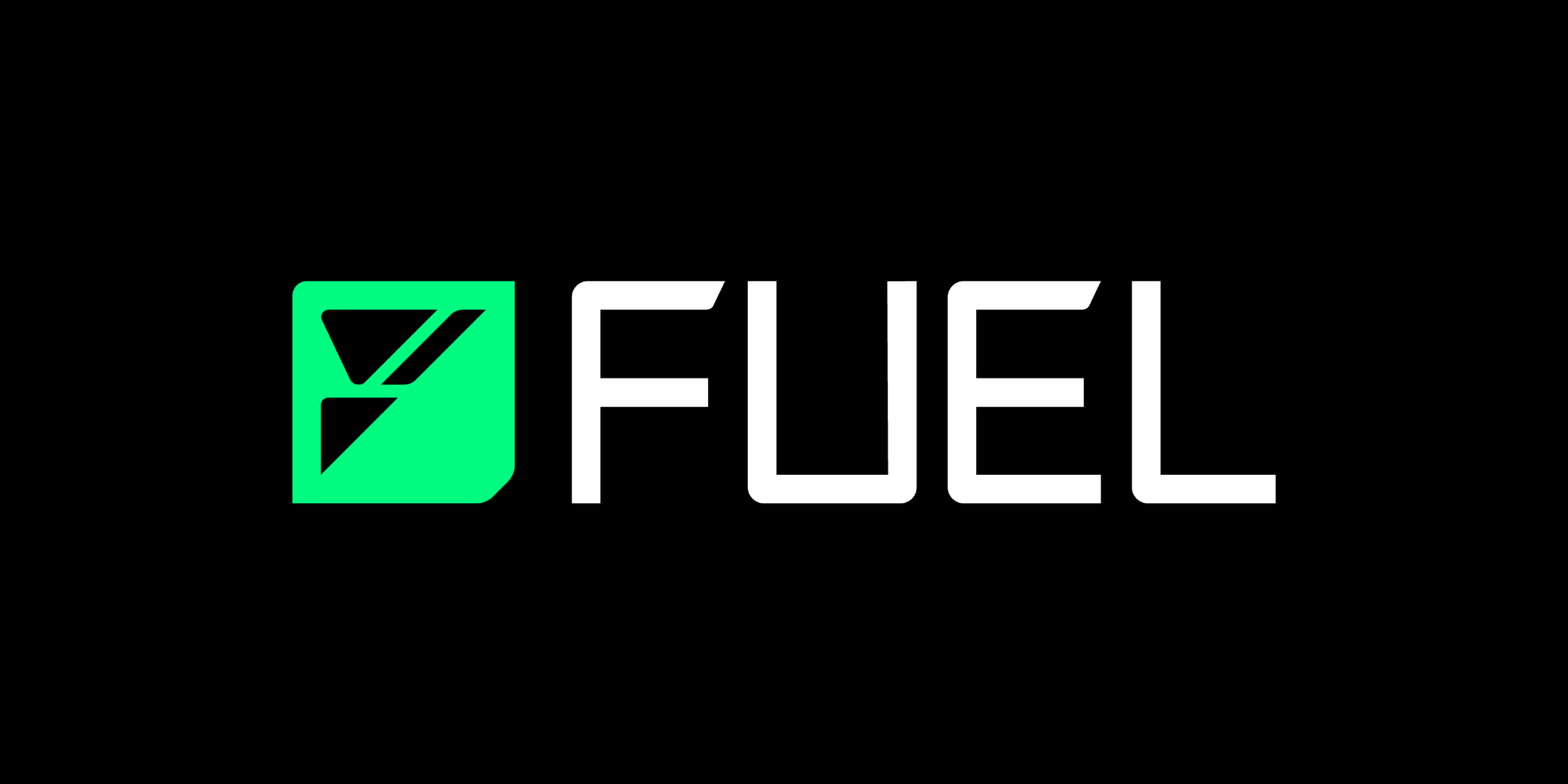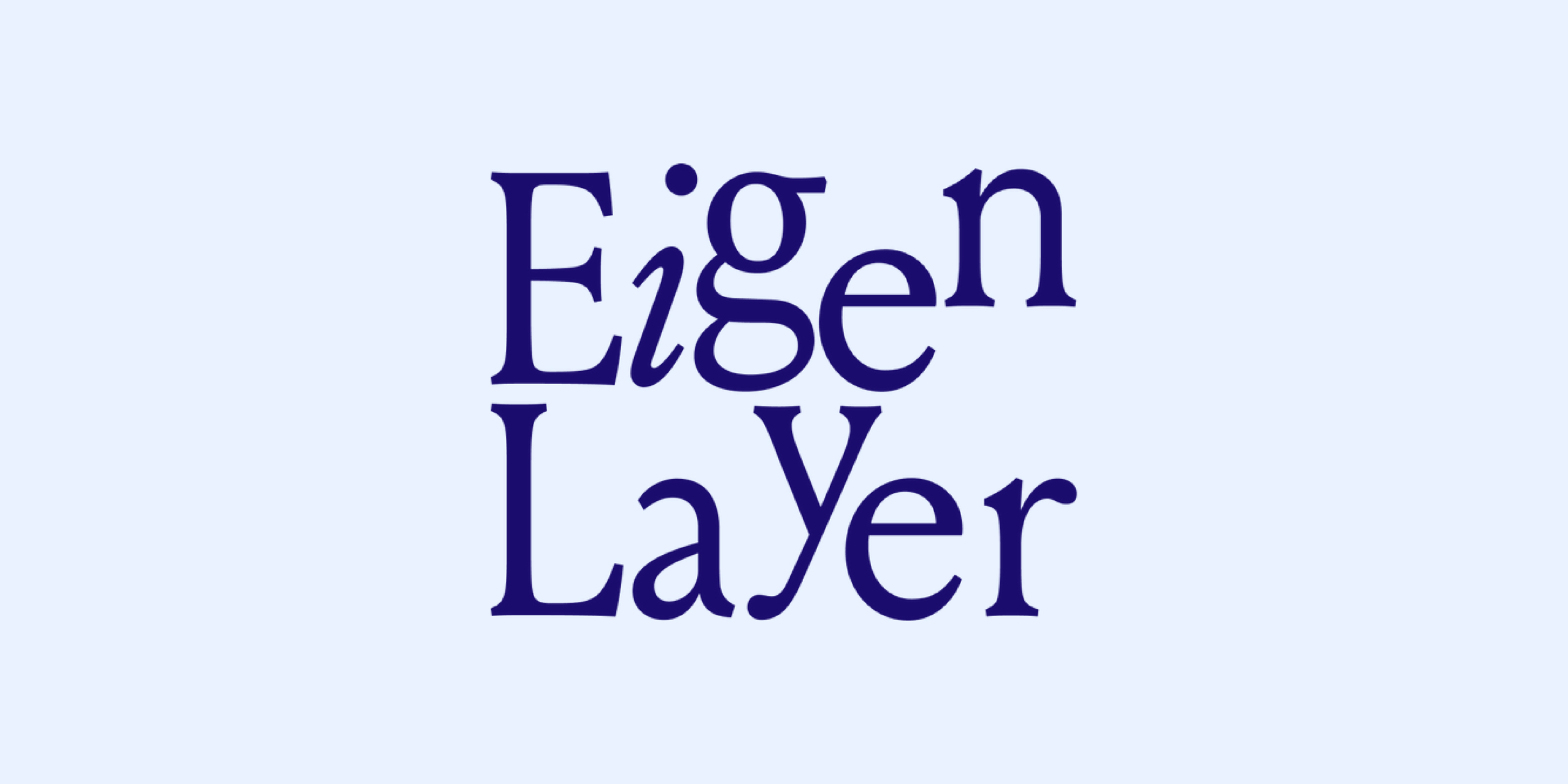Introduction
Fuel Protocol has positioned itself as the world’s fastest modular execution layer, emphasizing enhancing the efficiency and developer experience of smart contract execution. Its technology stack is built on three foundational pillars: parallel transaction execution, the Fuel Virtual Machine (FuelVM), and a domain-specific programming language, Sway. This review aims to objectively assess the innovations, architecture, code quality, product roadmap, usability, and team and provide a conclusion without promoting or endorsing the protocol.
Innovation
Fuel Protocol distinguishes itself through its innovative approach to transaction execution. The protocol’s use of parallel transaction processing, enabled by strict state access lists within a UTXO model, sets a new standard for processing capacity in blockchain technologies. This method increases throughput and ensures efficient utilization of computational resources by leveraging otherwise idle CPU threads and cores.
Fuel Protocol Architecture
The architectural design of Fuel Protocol is anchored by the FuelVM and its ability to pre-map transaction dependencies, facilitating parallel execution. This is complemented by the Sway programming language, which is tailored for the high-compute environment of Fuel, borrowing elements from Rust for compile-time analysis and safety, as well as Solidity for smart contract paradigms. These components create a robust and scalable framework for decentralized application development and execution.
Code Quality
The codebase of Fuel Protocol benefits from the rigorous compile-time analysis afforded by Sway, leading to a high degree of safety and reliability in smart contract programming. The development tools, including the Typescript and Rust SDKs, the Wallet SDK, the Fuel GraphQL API, and the Fuel Indexer, provide comprehensive support for developers to test, deploy, and interact with Sway programs efficiently. The Forc tool, akin to Rust’s cargo, further enhances the developer experience by streamlining project management tasks.
Product Roadmap
Fuel Protocol’s journey from a Layer-2 scalability solution for Ethereum to the fastest modular execution layer is a testament to its ambitious vision. The protocol’s focus on security, flexible throughput, and superior developer experience is evident in its transition to Fuel v1 and the continuous development of its tooling ecosystem. The expected Token Generation Event (TGE) in Q4 2024 and the detailed vesting schedules indicate a structured approach to growth and investor relations.
Usability
The usability of Fuel Protocol is significantly enhanced by its developer-friendly ecosystem. The Sway language and the comprehensive suite of development tools offer a seamless experience for building decentralized applications. The protocol’s emphasis on parallel transaction execution and efficient resource utilization also promises high performance and scalability for dApps, catering to the needs of both developers and end-users.
Team
While the review does not delve into specific team members, Fuel Protocol’s achievements and technological advancements suggest a highly skilled and visionary team. The successful transition from an optimistic roll-up solution to a leading modular execution layer, coupled with the protocol’s innovative features, indicates strong leadership and technical expertise within the team.
Conclusion
Fuel Protocol emerges as a pioneering solution in the blockchain space, pushing the boundaries of transaction processing speed, scalability, and developer experience. Its unique combination of parallel transaction execution, the FuelVM, and the Sway programming language, supported by an extensive tooling ecosystem, positions Fuel as a formidable player in the modular blockchain stack. As the protocol advances towards its TGE and further development milestones, its commitment to security, efficiency, and usability remains clear. However, Fuel Protocol’s true potential and impact will be best gauged through its adoption and the success of applications built on its platform.
| Initial Screening | |||
| Keep researching | |||
| Does this project need to use blockchain technology? | Yes | ||
| Can this project be realized? | Yes | ||
| Is there a viable use case for this project? | Yes | ||
| Is the project protected from commonly known attacks? | Yes | ||
| Are there no careless errors in the whitepaper? | Yes | ||
| Project Technology Score | |||
| Description | Scorecard | ||
| Innovation (Out Of 11) | 9 | ||
| How have similar projects performed? | Good | 2 | |
| Are there too many innovations? | Medium | 2 | |
| Percentage of crypto users that will use the project? | 6% – 10% | 3 | |
| Is the project unique? | Yes | 2 | |
| Architecture (Out of 12) | 11 | ||
| Overall feeling after reading whitepaper? | Good | 2 | |
| Resistance to possible attacks? | Good | 2 | |
| Complexity of the architecture? | Not too complex | 2 | |
| Time taken to understand the architecture? | 20 – 50 min | 1 | |
| Overall feeling about the architecture after deeper research? | Good | 4 | |
| Has the project been hacked ? | No | 0 | |
| Code Quality (out of 15) | 15 | ||
| Is the project open source? | Yes | 2 | |
| Does the project use good code like C,C++, Rust, Erlang, Ruby, etc? | Yes | 2 | |
| Could the project use better programming languages? | No | 0 | |
| Github number of lines? | More than 10K | 1 | |
| Github commits per month? | More than 10 | 2 | |
| What is the quality of the code? | Good | 2 | |
| How well is the code commented? | Outstanding | 2 | |
| Overall quality of the test coverage? | Outstanding | 2 | |
| Overall quality of the maintainability index? | Outstanding | 2 | |
| When Mainnet (out of 5) | 5 | ||
| When does the mainnet come out? | Mainnet Ready | 5 | |
| Usability for Infrastructure Projects (out of 5) | 3 | ||
| Is it easy to use for the end customer? | Yes | 3 | |
| Team (out of 7) | 7 | ||
| Number of active developers? | 5+ | 2 | |
| Developers average Git Background? | Senior | 2 | |
| Developers coding style? | Outstanding | 3 | |
| Total Score (out of 55) | 50 | ||
| Percentage Score | |||
| Innovation | 16.36% | ||
| Architecture | 20.00% | ||
| Code Quality | 27.27% | ||
| Mainnet | 9.09% | ||
| Usability | 5.45% | ||
| Team | 12.73% | ||
| Total | 90.90% |





